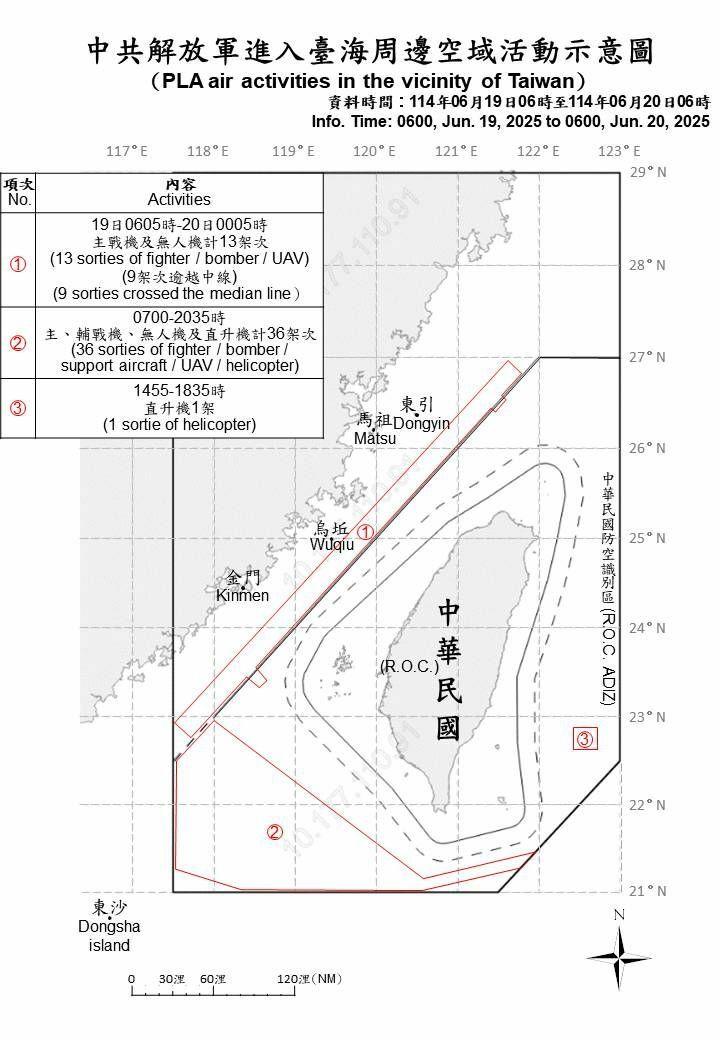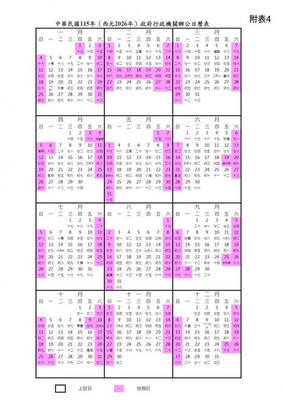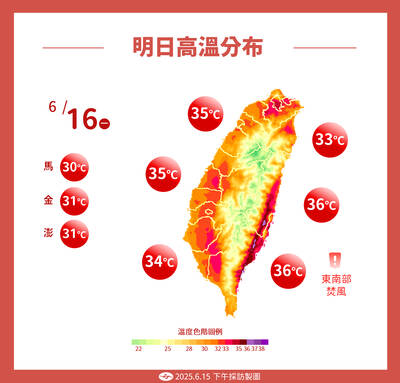A surge in Chinese military aircraft around Taiwan was detected in the 24 hours before 6am, the Ministry of National Defense said today, as China condemned a British navy vessel's transit through the Taiwan Strait.
Fifty Chinese aircraft and six vessels were detected around Taiwan over the 24-hour period, the ministry said.
Forty-six of the aircraft crossed the median line of the Taiwan Strait and entered Taiwan’s northern, southwestern and eastern air defense identification zones, it said.

Photo courtesy of the Ministry of National Defense
In addition, 24 Chinese aircraft, including Su-30 fighters and Shaanxi KJ-500 airborne early warning and control aircraft, were detected around Taiwan from 8:50am this morning, 15 of which crossed the median line and entered Taiwan’s central, southwestern and eastern air defense identification zones, the ministry said.
China was “harassing” the airspace and waters around Taiwan in the name of “joint combat readiness patrols,” it said.
Taiwan’s armed forces “monitored the situation and employed [patrol] aircraft, navy vessels and coastal missile systems in response to the detected activities,” the ministry said.
The spike in Chinese military activity was reported as China today described the transit of a British patrol vessel through the Taiwan Strait on Wednesday as a deliberate attempt to "cause trouble."
The HMS Spey conducted a routine navigation through the Strait as part of a long-planned deployment, which took place in full compliance with international law, the British Royal Navy said.
The Chinese People's Liberation Army's Eastern Theater Command said the ship's transit was "public hyping" and that its forces had followed and monitored the HMS Spey.
"The British side's remarks distort legal principles and mislead the public; its actions deliberately cause trouble and disrupt things, undermining peace and stability in the Taiwan Strait," it said in a statement.
"Troops in the theater are on high alert at all times and will resolutely counter all threats and provocations," it added.
Meanwhile, President William Lai (賴清德) yesterday ordered defense and security units to step up their monitoring and intelligence efforts in response to China's military activities, which he said have not abated, even as tensions rise in the Middle East.
Taiwan has, along with Japan, been tracking the movement of two Chinese aircraft carriers conducting simultaneous operations in the Pacific for the first time.
Lai, in a statement released by his office after meeting with defense officials, said the conflict between Israel and Iran has led to a "chain of global security challenges."
"From the perspective of our country and even the Indo-Pacific region, it is worth paying special attention to the fact that China's military pressure in the entire region of the first and second island chains has not slowed due to the situation in the Middle East," he said.
"The actions of the two aircraft carrier groups of the Shandong and Liaoning in the relevant waters of the first and second island chains in the past few days have posed considerable risks for the Indo-Pacific region and have aroused the heightened concern of the international community," Lai said.
The first island chain refers to an area that runs southeast from Japan to Taiwan, the Philippines and Borneo, while the second island chain spreads further out into the Pacific to include places such as the US territory of Guam.
The US Indo-Pacific Command has raised its Force Protection Condition level across the region, Lai said.
He said that he has directed the Ministry of National Defense and the national security team to closely monitor the situation and its effect on regional security, and to enhance their "intelligence gathering and research capabilities."
At the same time, Taiwan should maintain close coordination with its "friends" to ensure a swift response to any "emergencies," he added.
China's navy, which has been honing its abilities to operate further from the country's coast, last week said that the carrier operations were "routine training" exercises that did not target specific countries or regions.
China operates two carriers, with a third undergoing sea trials.

Taiwan is to have nine extended holidays next year, led by a nine-day Lunar New Year break, the Cabinet announced yesterday. The nine-day Lunar New Year holiday next year matches the length of this year’s holiday, which featured six extended holidays. The increase in extended holidays is due to the Act on the Implementation of Commemorative and Festival Holidays (紀念日及節日實施條例), which was passed early last month with support from the opposition Chinese Nationalist Party (KMT) and Taiwan People’s Party. Under the new act, the day before Lunar New Year’s Eve is also a national holiday, and Labor Day would no longer be limited

Taiwan is to extend its visa-waiver program for Philippine passport holders for another year, starting on Aug. 1, Minister of Foreign Affairs Lin Chia-lung (林佳龍) said on Friday. Lin made the announcement during a reception in Taipei marking the 127th anniversary of Philippine independence and the 50th anniversary of the establishment of the Manila Economic and Cultural Office (MECO) in Taiwan, the Ministry of Foreign Affairs said. The decision reflected Taiwan’s commitment to deepening exchanges with the Philippines, the statement cited Lin as saying, adding that it was a key partner under the New Southbound Policy launched in 2016. Lin also expressed hope

Costa Rica sent a group of intelligence officials to Taiwan for a short-term training program, the first time the Central American country has done so since the countries ended official diplomatic relations in 2007, a Costa Rican media outlet reported last week. Five officials from the Costa Rican Directorate of Intelligence and Security last month spent 23 days in Taipei undergoing a series of training sessions focused on national security, La Nacion reported on Friday, quoting unnamed sources. The Costa Rican government has not confirmed the report. The Chinese embassy in Costa Rica protested the news, saying in a statement issued the same

Temperatures in New Taipei City’s Sindian District (新店) climbed past 37°C yesterday, as the Central Weather Administration (CWA) issued heat alerts for 16 municipalities, warning the public of intense heat expected across Taiwan. The hottest location in Taiwan was in Sindian, where the mercury reached 37.5°C at about 2pm, according to CWA data. Taipei’s Shilin District (士林) recorded a temperature of 37.4°C at noon, Taitung County’s Jinfeng Township (金峰) at 12:50 pm logged a temperature of 37.4°C and Miaoli County’s Toufen Township (頭份) reached 36.7°C at 11:40am, the CWA said. The weather agency yesterday issued a yellow level information notice for Taipei, New